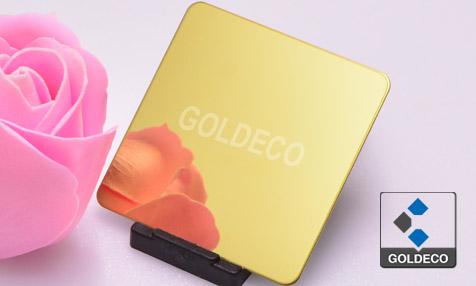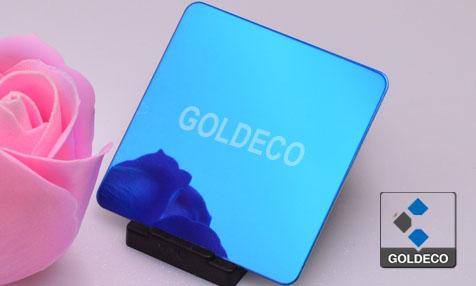By Susana Madera (Author)
Quito, Sep 20 (EFE).- A celestial body that for centuries has inspired poets, kept vigil over lovers and served as comfort in times of grief or heartbreak, the Moon has been chosen as the subject of a new public exhibit by Ecuadorian sculptor Jesus Cobo in a mainly indigenous highland city.
Eight stainless-steel moons, each with a three-meter (9.8-foot) radius, will grace the Plaza Civica in Otavalo, a town in Ecuador’s northern Andes province of Imbabura known for its natural beauty and millenary culture.
That same square also will boast a new eight-meter-tall, 1.5-ton representation of the Intiwatana (often expressed in English as the “hitching post” of the sun), a ritual stone believed to have been used by the Incas as a solar calendar.
The 69-year-old Cobo, a sculptor for the past four decades, also has built a 5.5-meter-high, three-dimensional representation of Aya Uma, an Andean mythological being believed to possess the ability to simultaneously see forward and backward in space and time.
That work, also made of stainless steel and with a trapezoid base, will be situated in one corner of the square and serve as a welcome gate for visitors, Cobo told Efe.
The sculptor etched into each moon lines from relevant poems penned by different authors: Ecuador’s Cesar Davila Andrade, Ecuadorian indigenous poet Maria Sharupi, Spain’s Miguel de Unamuno and Chile’s Pablo Neruda.
The Moon “is essentially the possibility of waiting for tomorrow or for someone to come and enlighten or embrace you,” the artist said.
He added that he hopes this public art exhibit makes the Otavalo indigenous people who inhabit the town “feel valued and represented through a symbol (the moon) that marks much of their day-to-day life” and has “spiritual and magical connotations.”
The use of indigenous symbols “is a sign of respect toward ancestral cultures,” said the artist, whose works have been exhibited in Germany, Italy, Turkey, the United States, Canada, Argentina, Spain, Japan, Israel, Qatar, China, Mexico and other countries.
Cobo said he focused on etching techniques at the start of his career and then later began incorporating materials such as clay, stone, wood, bronze, carbon steel and marble into his work.
For the past 14 years, he has made sculptures out of stainless steel, which he says is “elegant, technological and eternal.”
The sculptor added that he chose that material for the moons because of its proximity to the color of Earth’s only natural satellite and also because of the ease with which that material can be restored and cleaned.
Other materials “deteriorate a lot,” he said.
Stainless steel has allowed him to achieve different chromatic tones, visual effects and tactile sensations, he said, adding that he also consulted with engineers on how to keep the sculptures in a diagonal position and with the look of being magically suspended without any support.
People will be able to interact with the entire sculpture complex, he said, adding that public art “is the most democratic way to share human creation.”
“Art is a human right. There’s no art if it’s enclosed, if it isn’t humanized through the thoughts it can generate in people,” Cobo said. EFE























